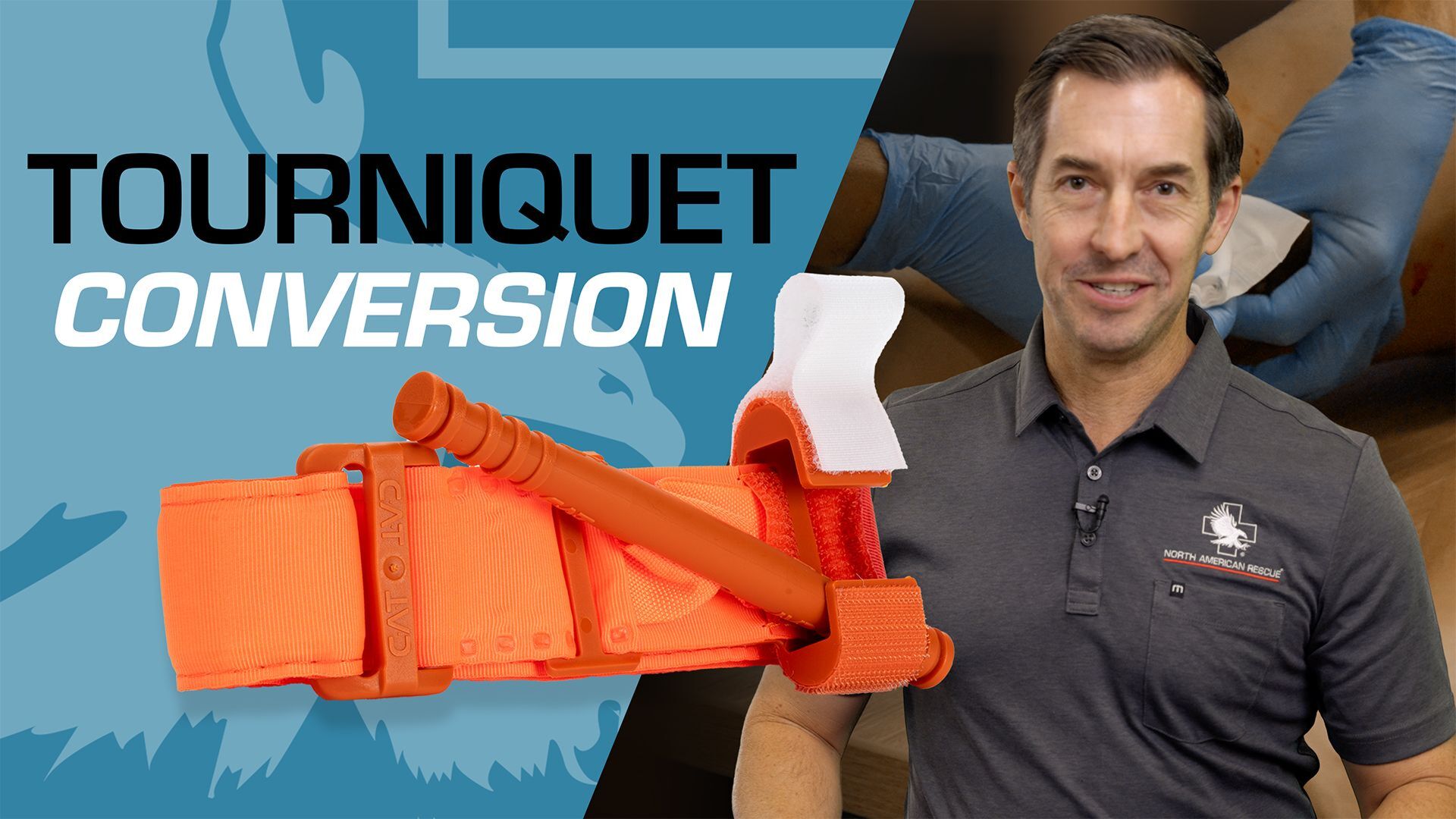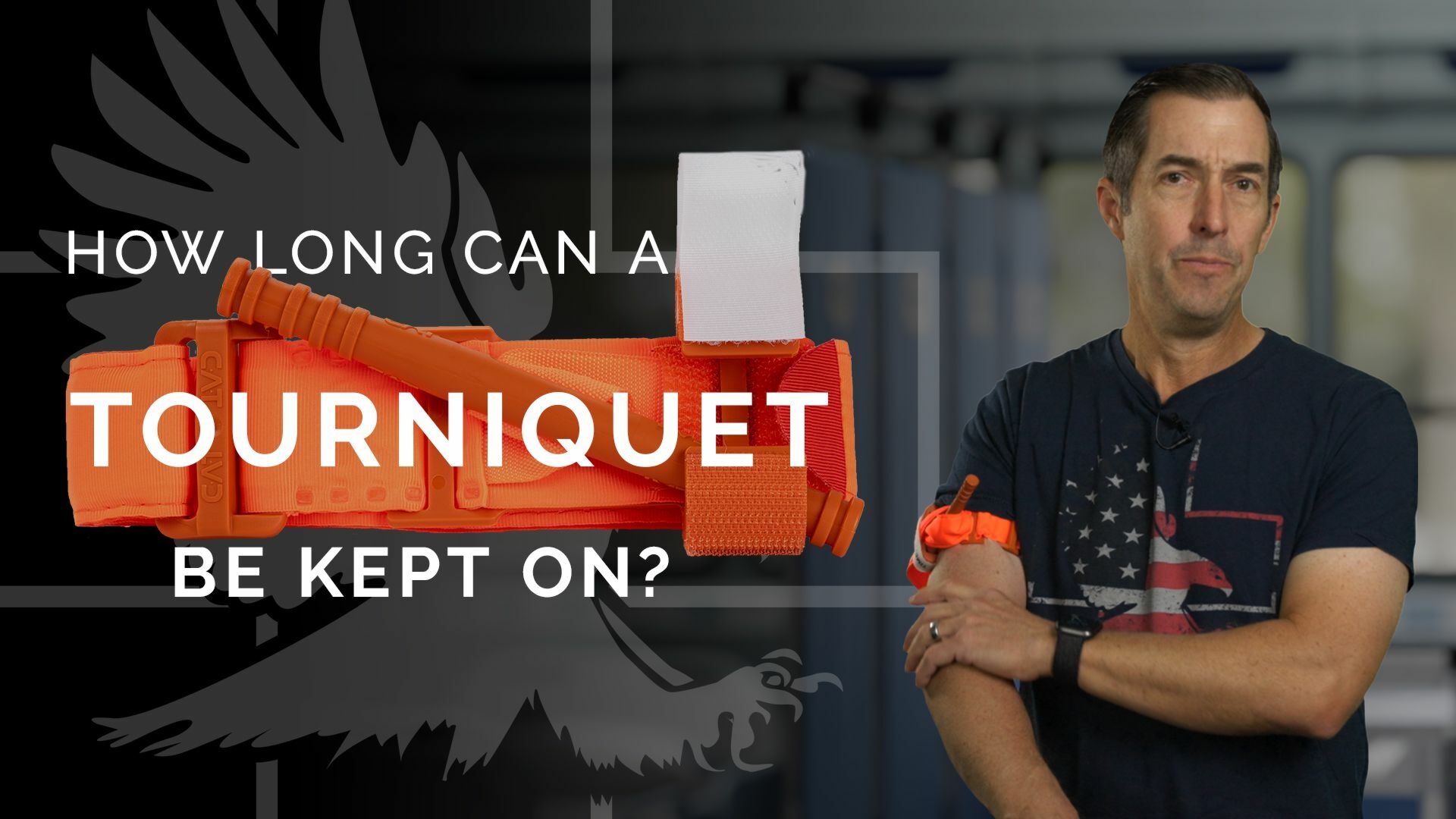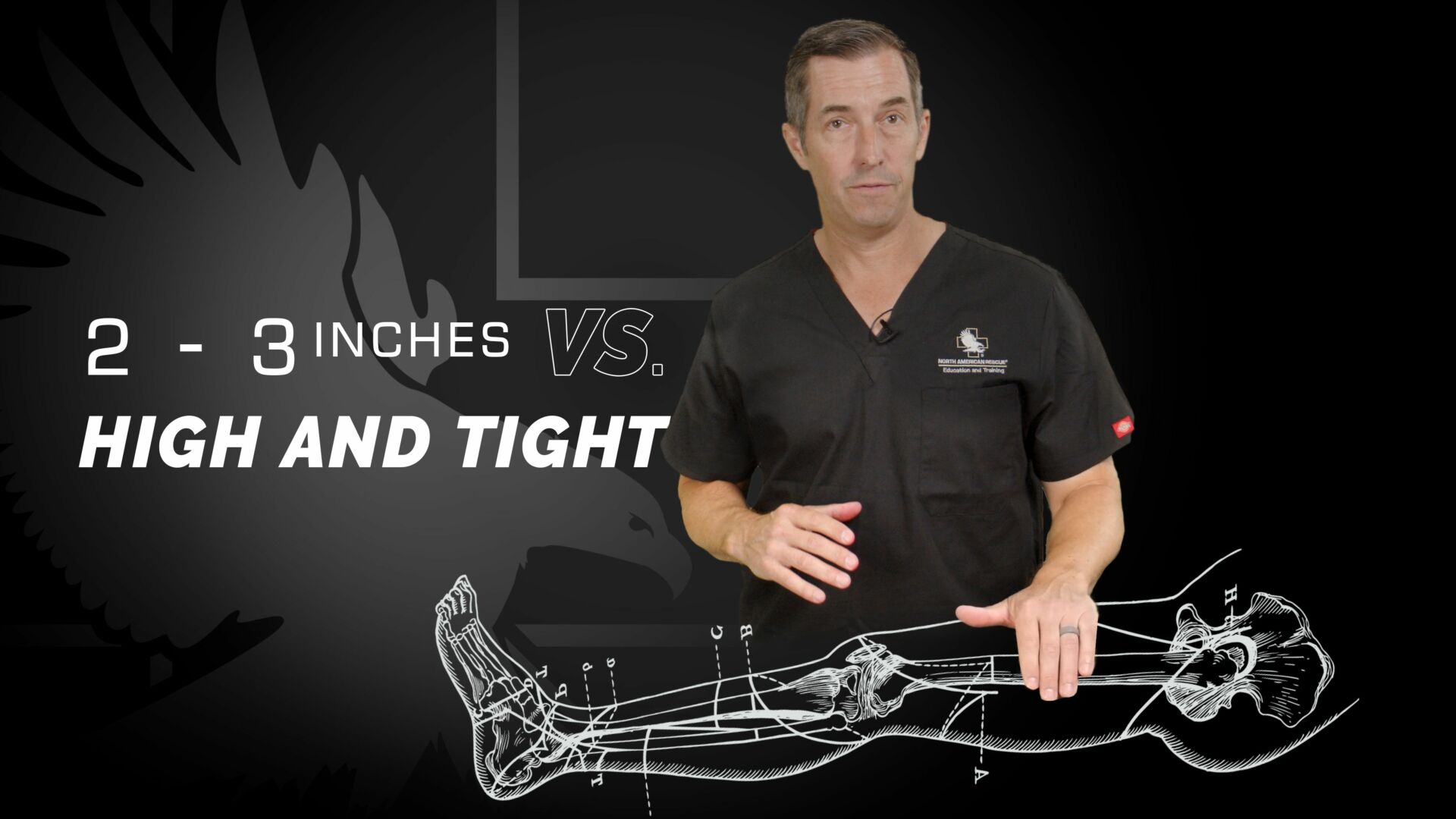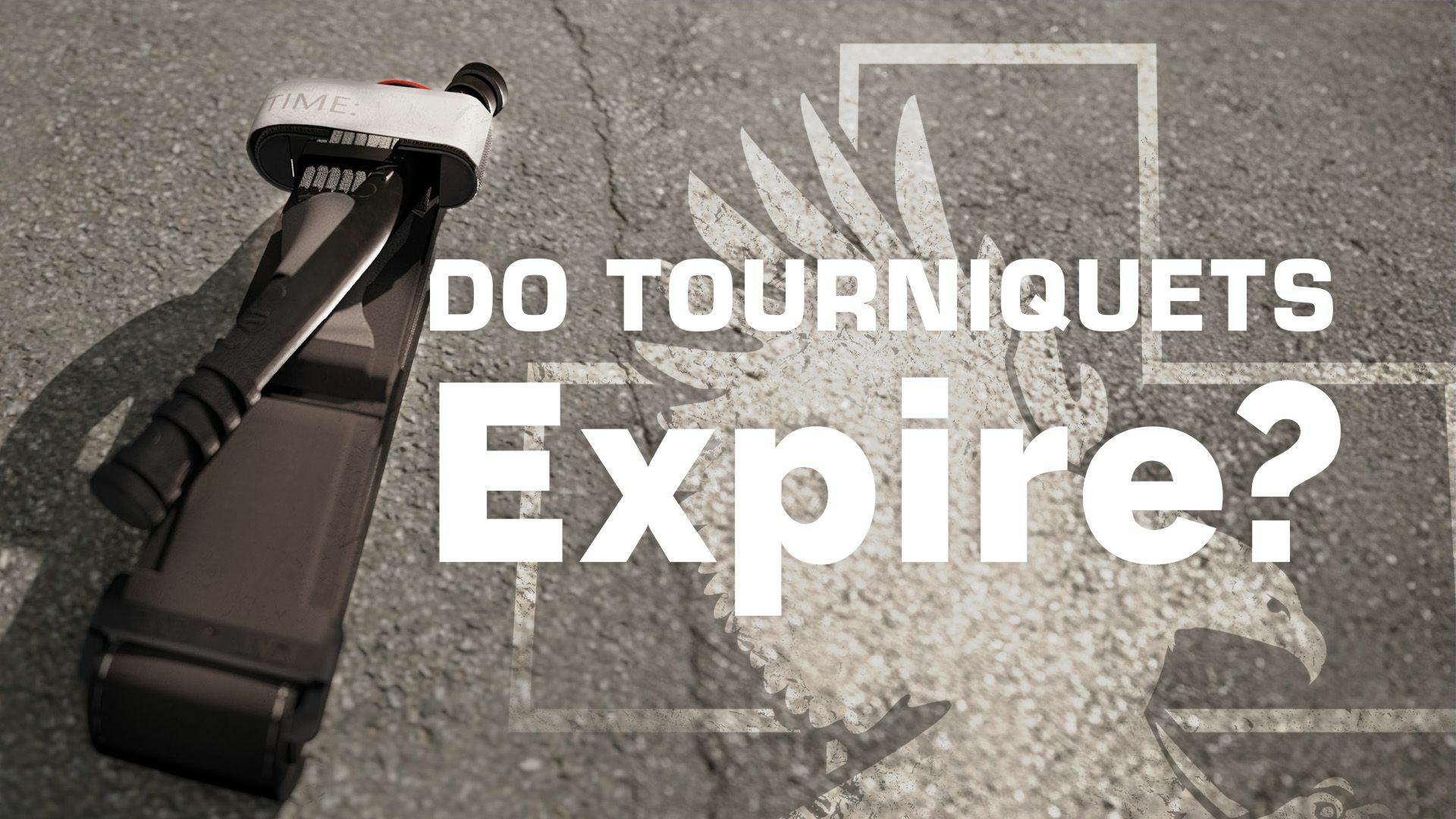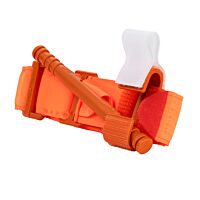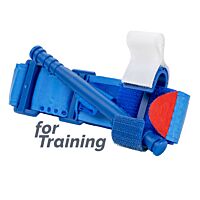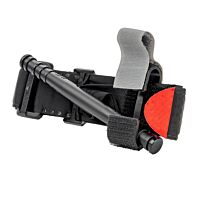So the goal in tourniquet conversion is to go ahead and reperfuse the leg. If my tourniquet is on, I'm not getting any blood flow to the entire leg. So while I've got bleeding stopped, I might be able to get perfusion back to that leg if the wound isn't severe or if it's not an arterial bleed. I'm going to pack that wound and try to control the bleeding so I can let that tourniquet down and start reperfusing the rest of the leg, hopefully causing less damage to the leg overall.
Indications
- The casualty should not be in shock.
- You need to make sure that you or somebody equally trained is able to monitor that wound for re-bleeding in case they need to reapply a tourniquet.
- We're never going to convert a tourniquet if it's been used for an amputation.
The goal time on this, we want to get that tourniquet converted in less than two hours if possible, and if that tourniquet's been on more than six hours, you're not going to take it down in the field. You're going to make sure they get to a high level of care before they take that tourniquet down.

